Peperomia Prostrata 'String of Turtles'
Peperomia Prostrata 'String of Turtles'
Couldn't load pickup availability
Description :
Delightfully unique and irresistibly charming, the Peperomia Prostrata 'String of Turtles' is a must-have for trailing plant lovers. Native to Brazil, this slow-growing succulent showcases tiny, round leaves patterned like turtle shells, cascading beautifully from hanging baskets or shelves. Its compact size and easy-care nature make it perfect for small spaces and plant parents of all levels.
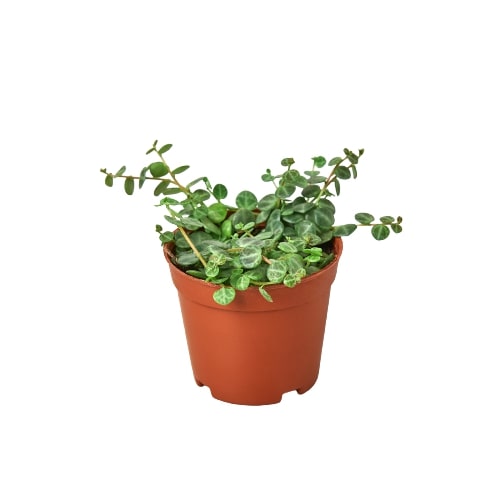
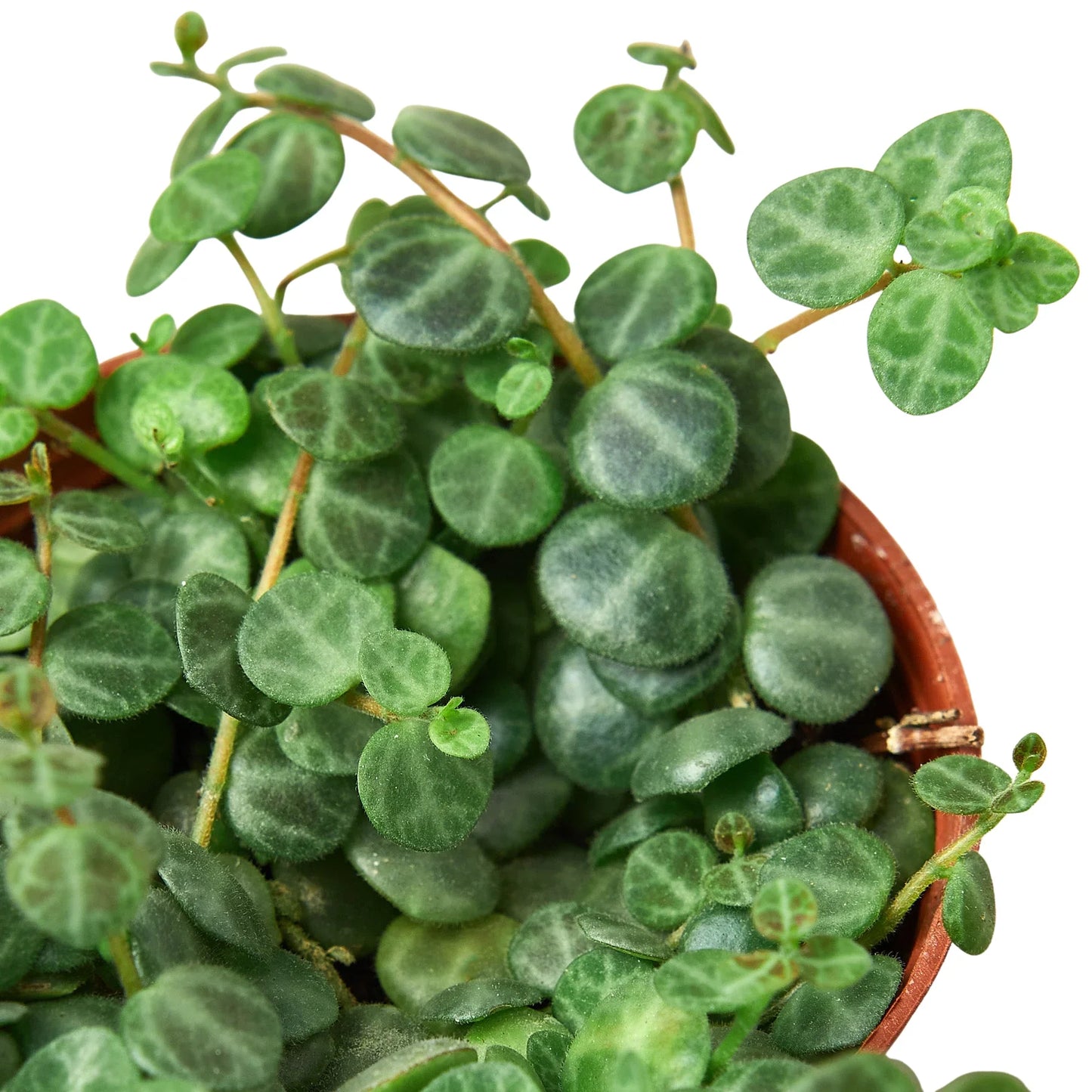
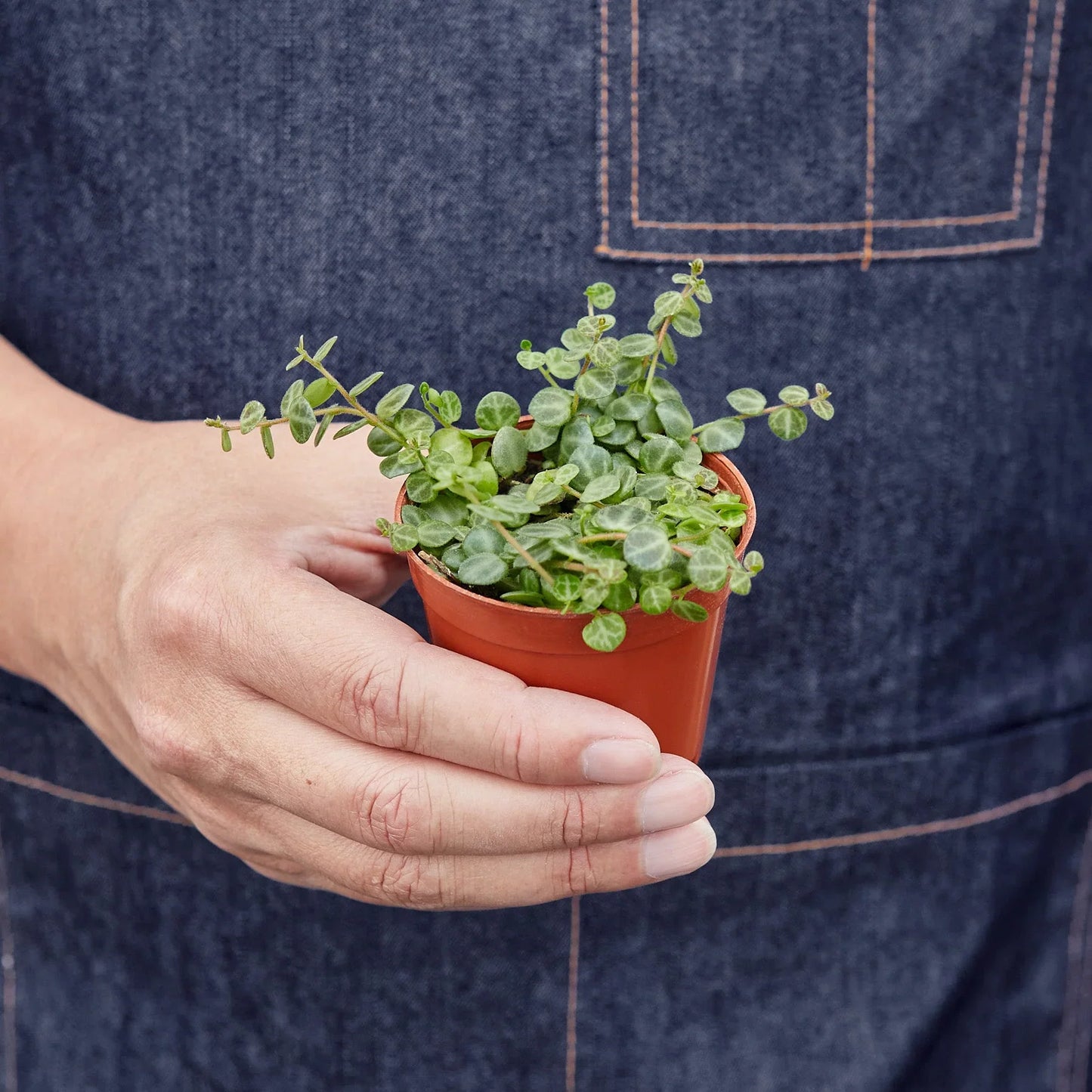
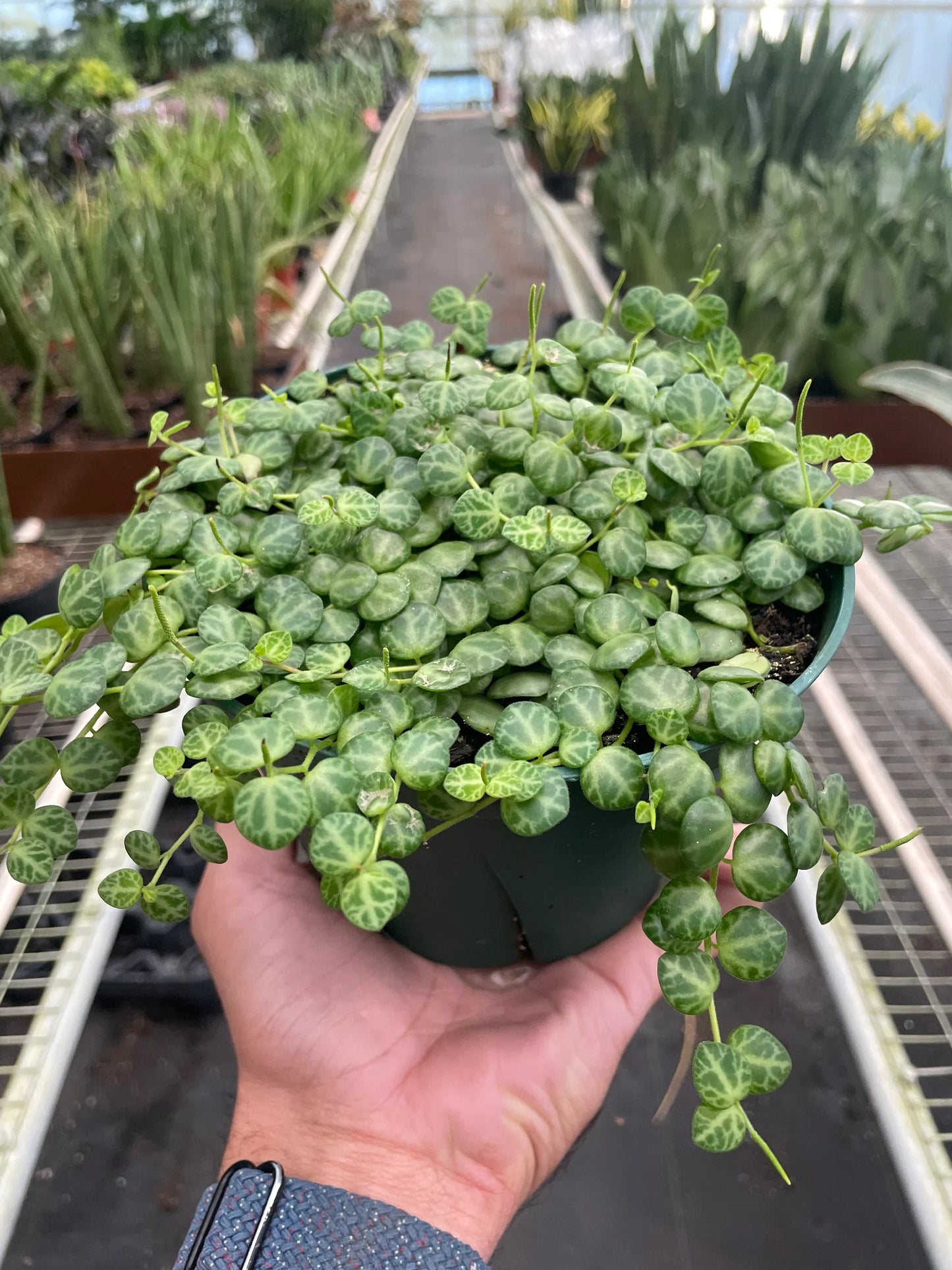
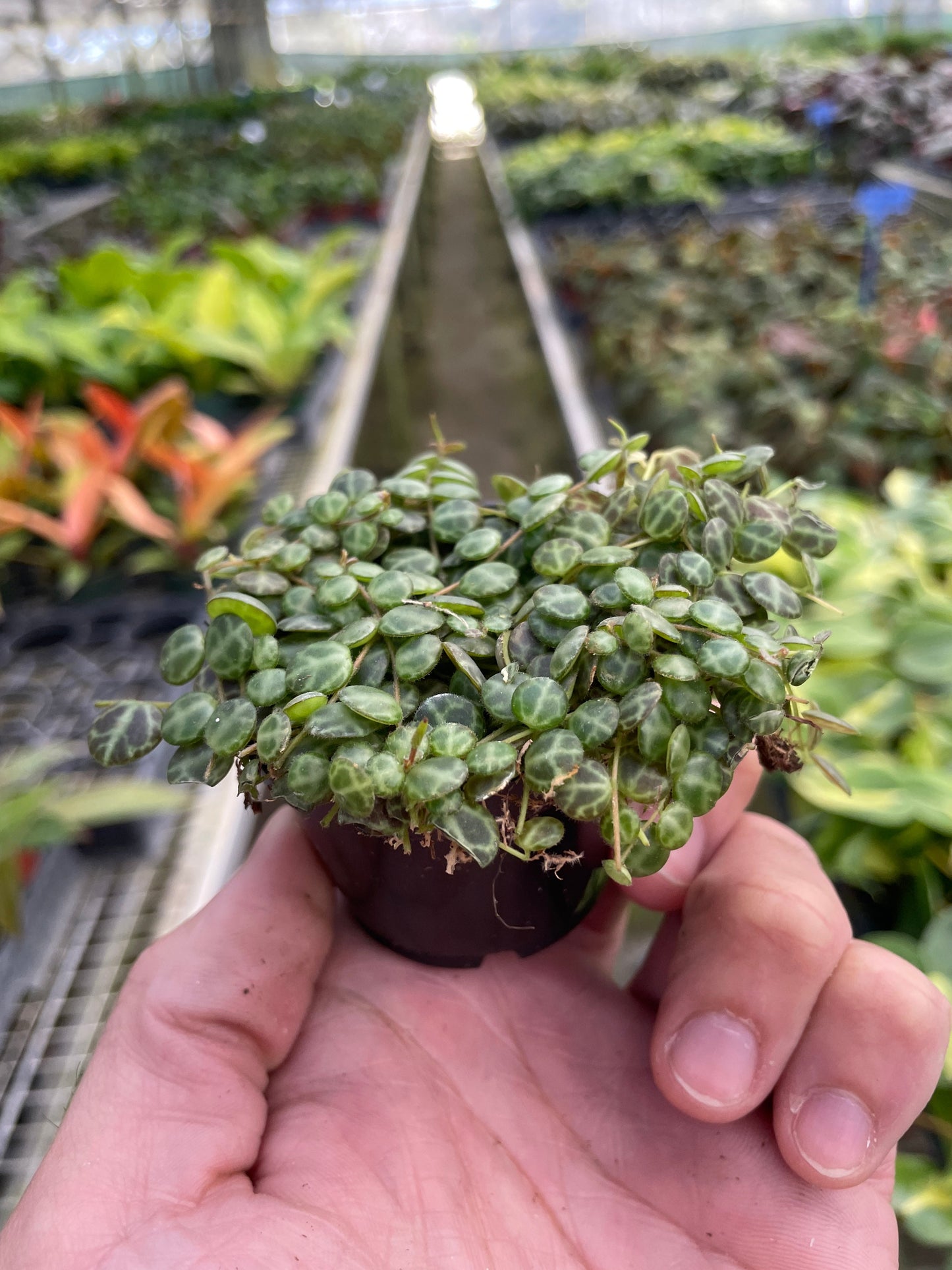
Plant Details:
Collapsible content
Mature height
1–2 inches (foliage), with trailing vines up to 12–24 inches long
Mature width
12–24 inches spread when fully trailing
Spacing
6–8 inches when grouping plants
Evergreen/Deciduous
Evergreen
Foliage
Small, round, turtle shell–patterned leaves that shift from multi-colored to dark and light green as they mature
Flowering Period & Fruit
Occasional tiny, non-showy white or cream flower spikes; primarily grown for foliage
Sun Tolerance
Bright, indirect light preferred; avoid harsh direct sun to protect delicate leaves
Maintenance
Low; requires minimal watering and thrives in well-draining soil
Root System
Shallow, fibrous root system ideal for hanging baskets or small containers
What Our Plant Lovers Say
My Monstera arrived in perfect condition and is already thriving in my living room. I’ve ordered plants online before, but Wild Groves truly stands out with their careful packaging and quality.

Emily Johnson
Austin, Texas
Being local, I love supporting Wild Groves. The variety of rare plants I find here is unmatched. My ZZ ‘Black Queen’ is the star of my collection now.

Michael Thompson
Orlando, Florida
I was nervous about ordering plants online in colder months, but the extra care and heat packs kept my plant safe. Fantastic service and communication!

Sarah Mitchell
Seattle, Washington
I ordered three different plants and they all came in separate boxes, perfectly packed. Every plant was healthy and fresh, and I couldn’t be happier.

David Ramirez
Chicago, Illinois
The customer service is amazing! I had a small issue with one plant, and they replaced it quickly without any hassle. Truly a company that cares.

Jessica Lee
New York City, New York
Wild Groves has become my go-to for plants. Their collection is beautiful, prices are fair, and I love how each plant feels handpicked just for me.

Christopher Davis
Denver, Colorado





